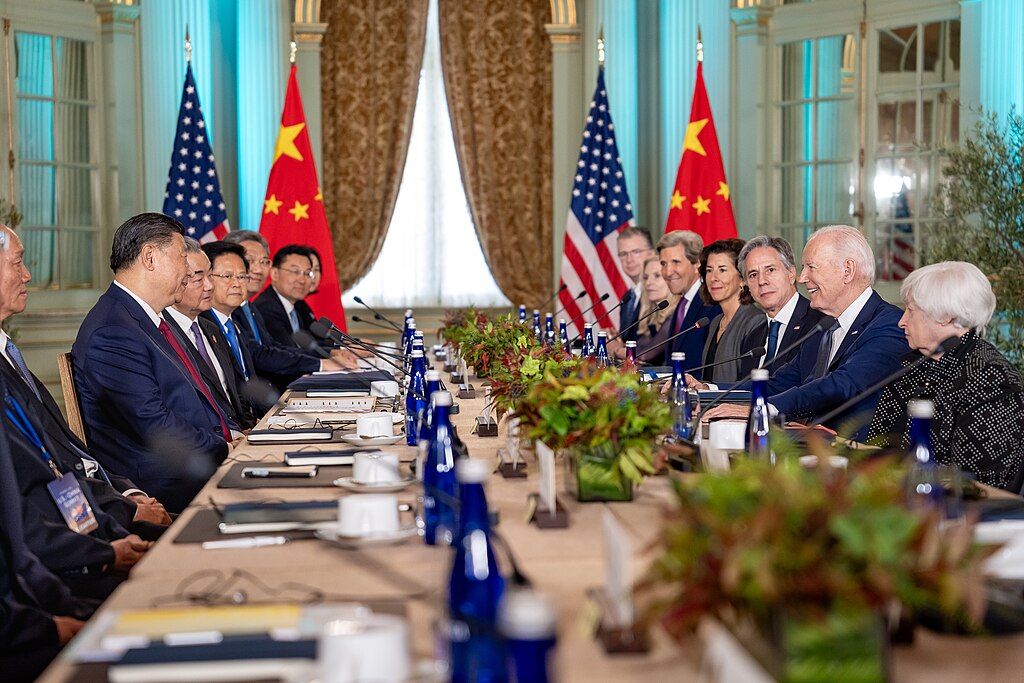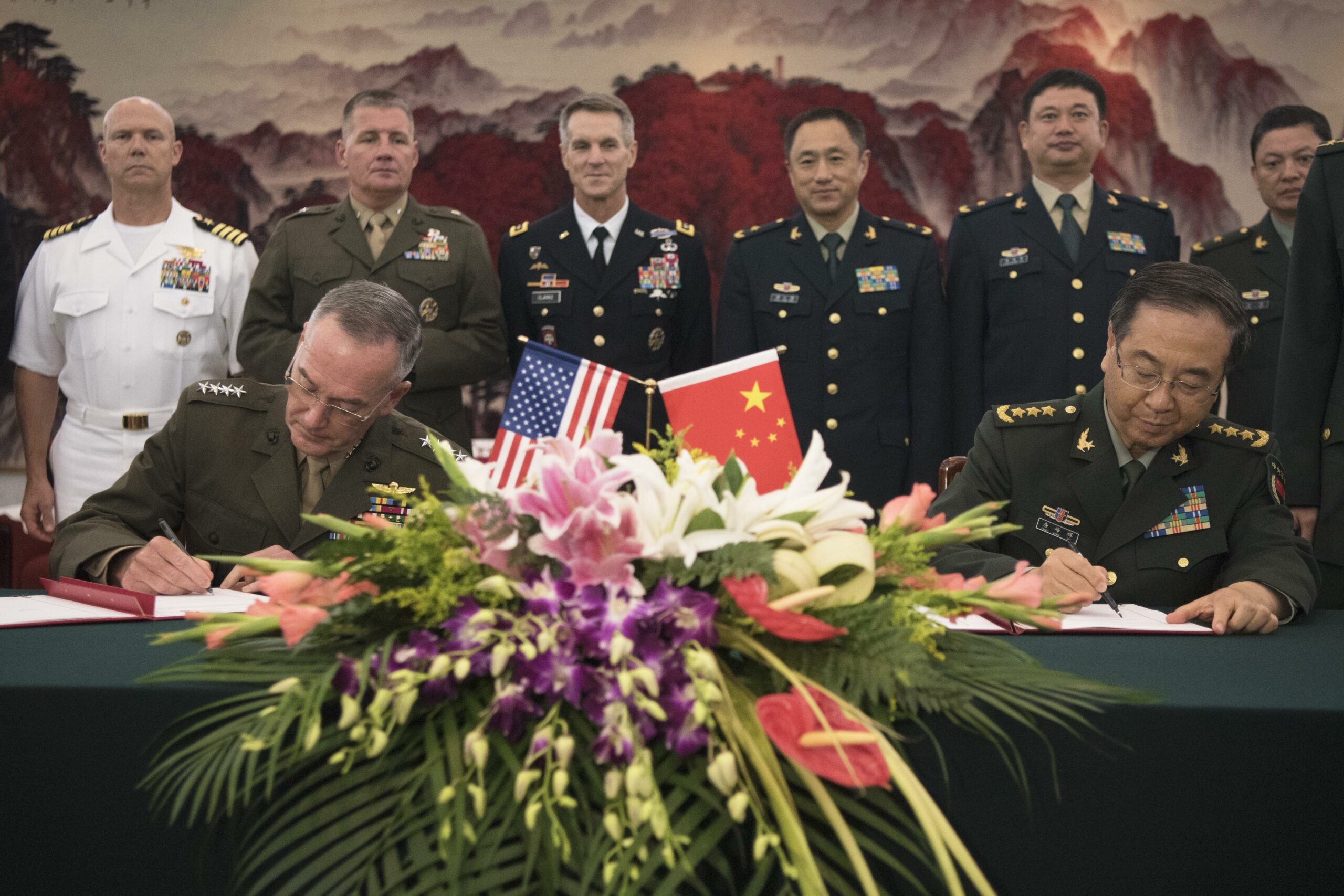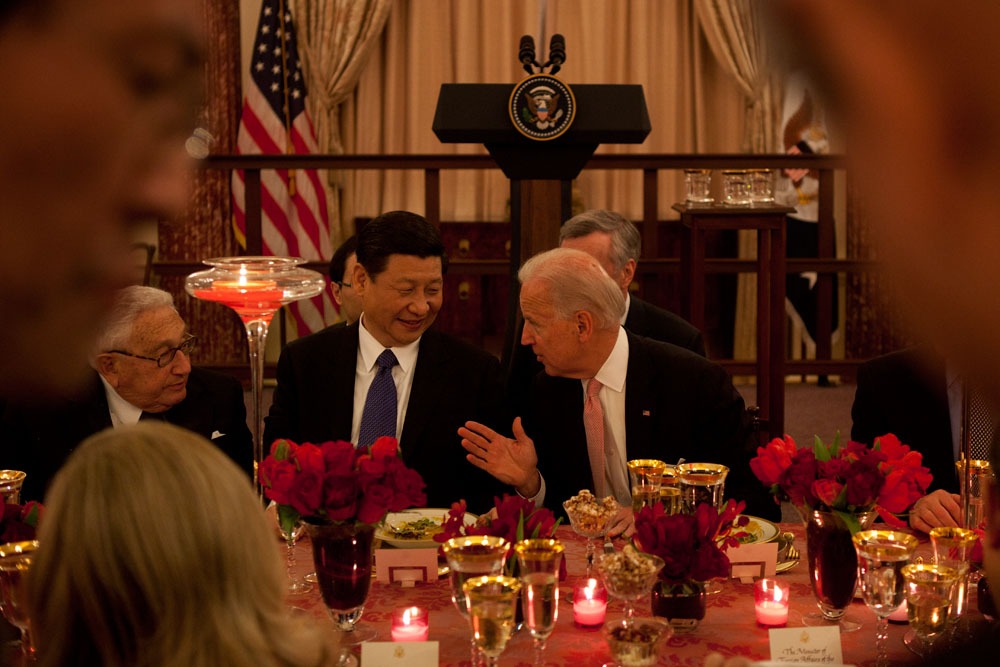No First Use Can Still Help to Reduce US-China Nuclear Risks
No First Use (NFU) has its challenges: China’s ongoing expansion and modernisation of its nuclear arsenal brings its No First Use policy into question, whereas the United States is unlikely to publicly commit to the declaratory policy.
In this new report, Adam Mount argues that despite its limitations, NFU can still play an important role in risk reduction for two reasons: first, if the US will not publicly declare NFU, it can still pursue it as an internal policy; second, bilateral discussions on NFU provides the US and China with a platform for discussing nuclear risks and building greater understanding about one another’s nuclear doctrines.
This report was prepared for the project “Reducing the Risk of Nuclear Weapon Use in Northeast Asia.” The research described in this paper was co-sponsored by the Research Center for Nuclear Weapons Abolition, Nagasaki University (RECNA), the Nautilus Institute for Security and Sustainability, and the Asia-Pacific Leadership Network for Nuclear Non-Proliferation and Disarmament (APLN), with collaboration from the Panel on Peace and Security of Northeast Asia (PSNA). MacArthur Foundation and New Land Foundation funding to Nautilus Institute supported this project.
This report is published simultaneously by the Nautilus Institute and by RECNA-Nagasaki University here. This report is published under a 4.0 International Creative Commons License the terms of which are found here. It was first published in the Journal for Peace and Nuclear Disarmament here.
Click here to learn more about the project. Below is the report abstract.
Abstract
No first use declaratory statements are unlikely to significantly affect US-China nuclear crises. China’s nuclear buildup raises serious questions about the meaning and durability of its longstanding declaratory policy, while the United States is unlikely to issue a similar statement. However, no first use can still play an important role in reducing risks between the two countries. First, both countries can take practical planning and posture measures to reduce their reliance on nuclear first use. Second, a bilateral discussion on no first use could lead to a valuable dialogue on the role of nuclear weapons in each country. It may be more consequential to do and discuss no first use than it is to say it.
Keywords
Nuclear; No First Use; China
About the Author
Adam Mount, Ph.D. is a Senior Fellow at the Federation of American Scientists, where his work covers U.S. nuclear strategy, conventional deterrence, and progressive foreign policy. He holds a Ph.D. and M.A. from the Department of Government at Georgetown and a B.A. from Reed College.
Disclaimer: The opinions articulated above represent the views of the author(s) and do not necessarily reflect the position of the Asia Pacific Leadership Network or any of its members. The APLN’s website is a source of authoritative research and analysis and serves as a platform for debate and discussion among our senior network members, experts and practitioners, as well as the next generation of policymakers, analysts and advocates. Comments and responses can be emailed to apln@apln.network.
Image: President Joe Biden hosts a bilateral meeting with President of the People’s Republic of China Xi Jinping, Wednesday, November 15, 2023, at the Filoli Estate in Woodside, California. Official White House Photo by Adam Schultz/Wikimedia Commons




